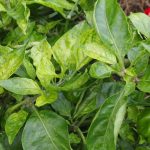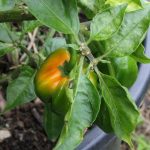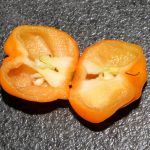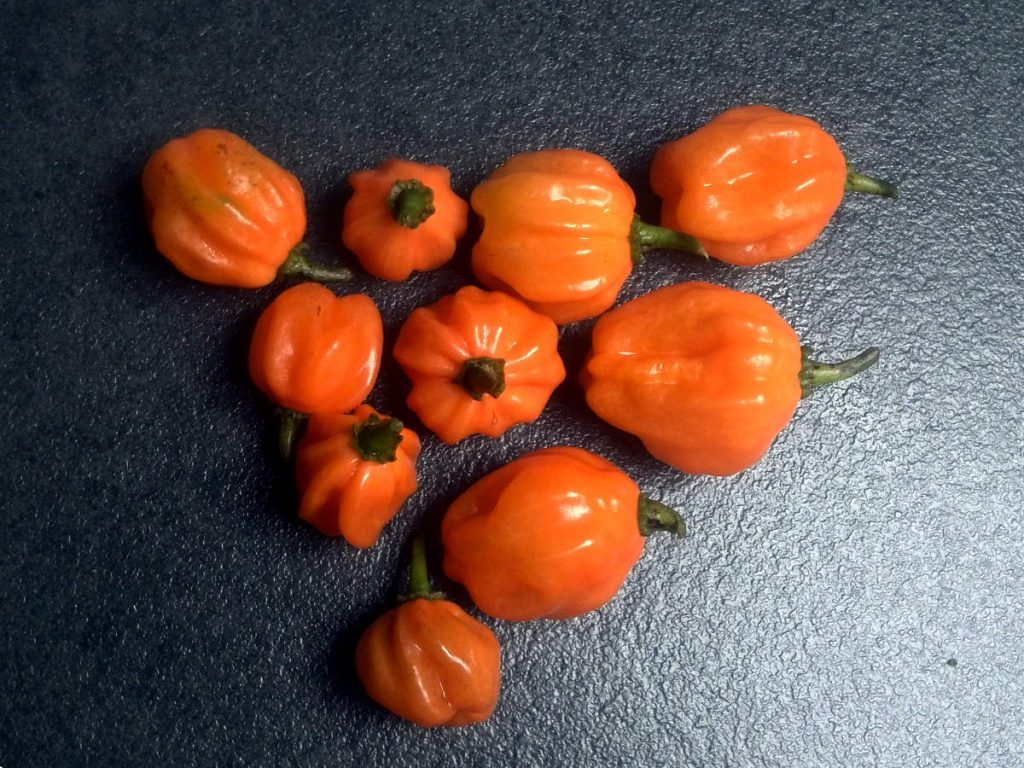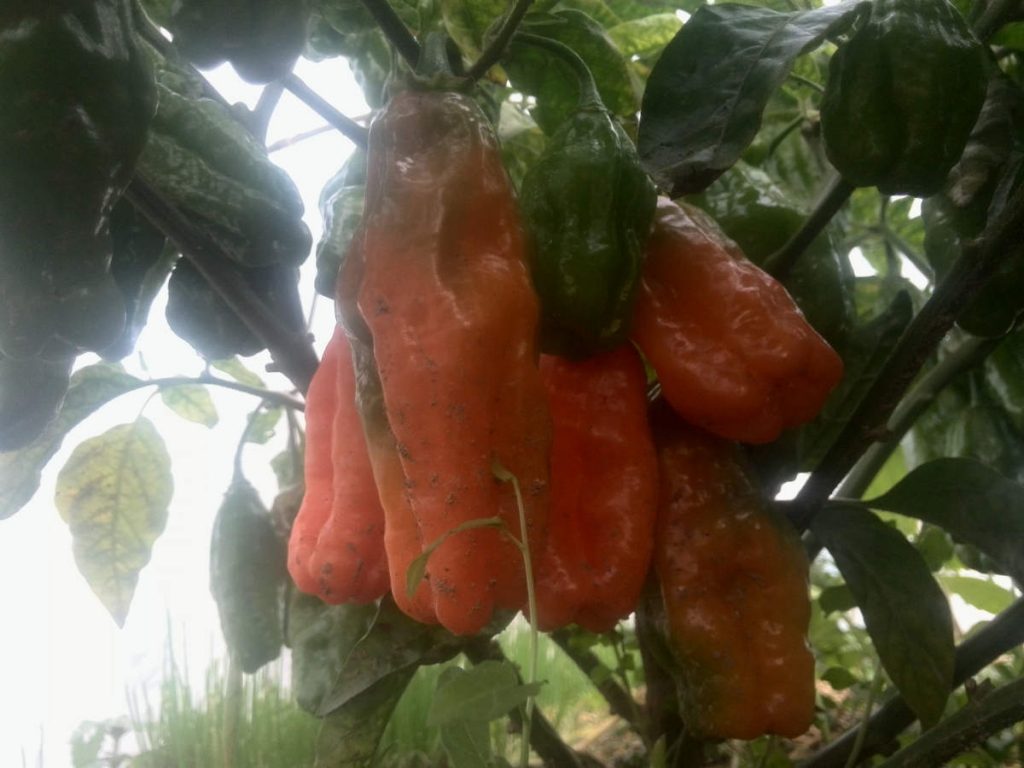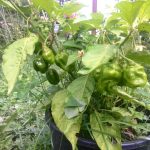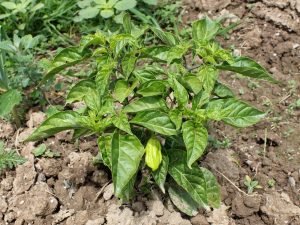Crossing Chili Peppers
I’ve posted about Trinidad Moruga Scorpion chilli peppers not showing their original features. Instead they were different in appearance and had completely different pods. Trinidad Moruga Scorpions are supposed to be stable so they would grow more fruit and their physical appearance would be practically the same. I figured out that I most likely received first generation hybrids from Trinidad Moruga scorpion plant. Since I only grew one chilli the first season and the fact it’s self fertile with male and female parts on the same flower, I’m sure it was not cross-pollinated with another chilli. Weather was cold and wet most of the year and there were no other plants nearby, which means that pollination with pollen from plant growing nearby was highly unlikely.
A bit about genetics and making new chilli varieties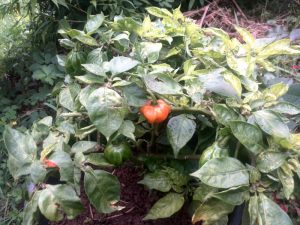
Things get more interesting the following season, when the first generation of seedlings produce new generation (F2) of seedlings. This time recessive genes kick in and the result is a vast amount of plants with different combinations of characteristics they received from their mother and father plants.
This way, it is possible to further promote peppers with good characteristics and throw away peppers that are either not appealing enough or have some kind of deficiency – sometimes they can even end up sterile or poorly fertile. When you take only seeds from good performing plants, you start creating new variety of chili peppers with features that you like the most. It’s important that next generations are self pollinated as well, so that the genetic material starts to stabilise.
First generations of seedlings (except the uniform F1 generation) show many different characteristics and those differences start to fade with each additional generation. After 8 generations of seedlings (F8), variety gets almost homozygous. Homozygous means, that the plant is having identical pairs of genes for any given pair of hereditary characteristics. Those plants are again mostly uniform and will show recessive gene characteristics only in small amount of seedlings. Only then after all the years, you can finally call your seedling a brand new chilli variety.:)
… And my Trinidad Moruga Scorpion chilli hybrid
In case of my seedlings I have no idea about what the mother and father plant looked like. Since I have bought Moruga chillies, I can presume, that the mother plant is Trinidad Moruga chilli. Based on characteristics, that will show up later in the process, I may be able to figure out the other parent. Most likely, the seeds have been cross pollinated continuously before I received them, so even the original plants might already have been hybrids.
Self pollinated F1 motherplant

F2 seedlings
Seedling 1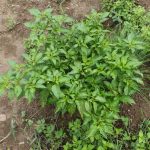
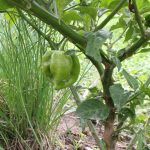

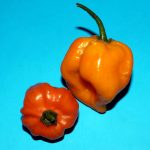
Seedling 2

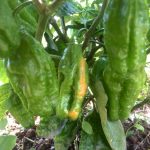
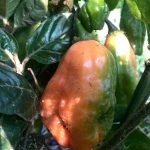
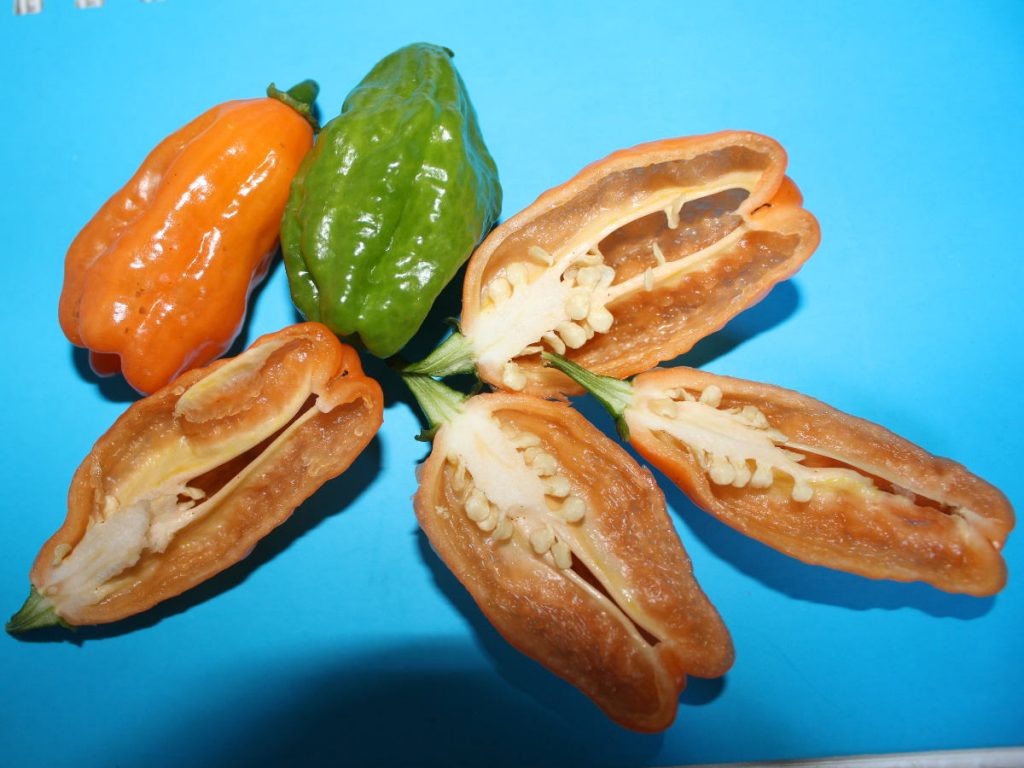

Seedling 3
Seedling 4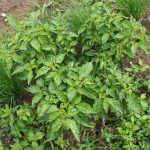
Seedling 5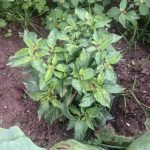
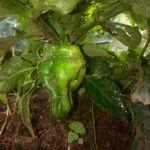

Seedling 6